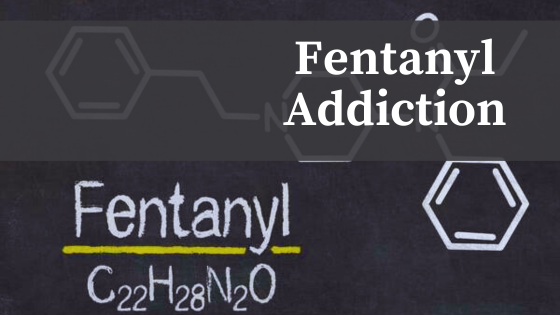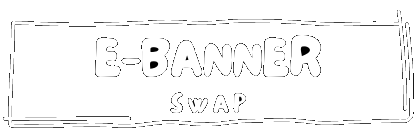Fentanyl addiction is a serious crisis that’s ravaging countless lives, and addressing this issue requires a sophisticated, comprehensive solution. At the Cornerstone Healing Center in Arizona, this solution is provided through Cognitive-Behavioral Therapy (CBT), a scientifically proven method to transform destructive behaviors into positive, healthy lifestyle choices.
Their treatment also includes individual therapy, group counseling and family therapy. The Cornerstone Healing Center offers an effective treatment plan to help you or your loved one overcome their addiction to Fentanyl. Get to know about them and their incredible work by visiting their website at CornerstoneHealingCenter.com.
Understanding Fentanyl Addiction
Fentanyl, a potent synthetic opioid, is approximately 50 to 100 times more potent than morphine. This makes it a serious risk to those who misuse it. Addiction to Fentanyl can result in severe health problems and, in extreme cases, may even be fatal.
The Role of Cognitive-Behavioral Therapy
Cognitive-Behavioral Therapy (CBT) has shown significant promise in treating Fentanyl addiction. CBT is a form of therapy that focuses on altering maladaptive behavior patterns. This therapeutic method assists individuals in identifying, examining, and challenging their negative thoughts and behaviors, replacing them with more positive and beneficial ones.

Application at Cornerstone Healing Center
At the Cornerstone Healing Center in Scottsdale, Arizona, their practitioners utilize CBT effectively to help individuals overcome their Fentanyl addiction. They believe understanding and transforming patients’ cognitive behaviors is fundamental in addressing the root cause of their addiction.
- Learning About Triggers: First, they work to help patients understand what triggers their substance abuse – be it stress, certain people, locations, or traumatic events.
- Challenging Negative Thought Patterns: After identifying these triggers, the specialists at Cornerstone use CBT techniques to assist individuals in counteracting their negative thoughts or feelings associated with these triggers.
- Implementing Behavior Changes: This is followed by the gradual replacing of old, harmful behaviors with new, healthier ones, an essential phase in overcoming addiction.
- Relapse Prevention: An integral part of CBT is its emphasis on preparedness for future situations – with practitioners equipping their patients with coping mechanisms to avoid a potential relapse and ensure lasting sobriety.
For those caught in the grips of Fentanyl addiction, the road to recovery may appear daunting. However, the approach that Cornerstone Healing Center takes, using Cognitive-Behavioral Therapy, sparks a substantial light of hope. The center stands as a beacon of healing amidst the growing opioid epidemic, guiding individuals to free themselves from the stronghold of addiction and regain control over their lives.
In Conclusion
Each journey to recovery is unique, and the empathetic team of professionals at Cornerstone Healing Center understand this. They approach each case with empathy, compassion, and expertise, utilizing Cognitive-Behavioral Therapy as their foundation to assist their patients in their journey towards recovery and towards a healthier, more fulfilling life.


